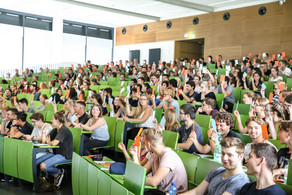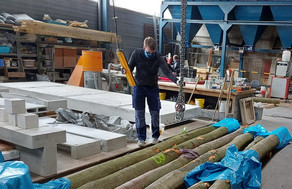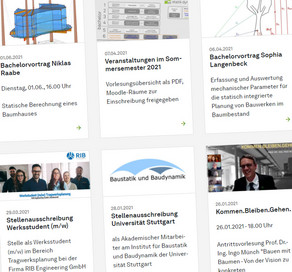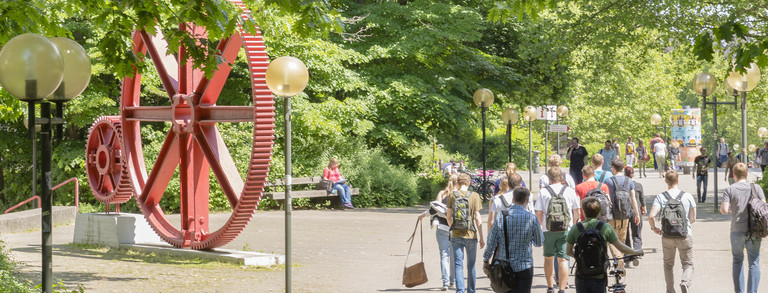Students support plans for more accessibility in Rombergpark
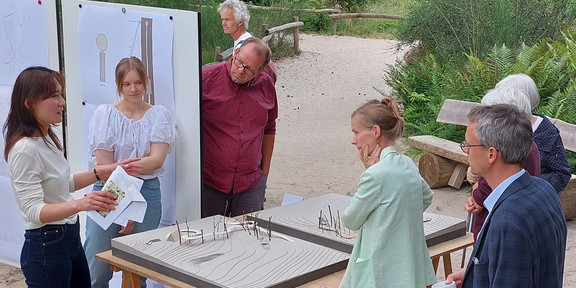
The students of the Faculty of Architecture and Civil Engineering were invited to develop ideas and also make models in teams of two as part of a semester project. The task focused on the sustainability of the construction. Existing natural materials, the terrain formation and the tree population were to be integrated. The students were accompanied by their lecturers Anne Hangebruch, assistant professor for solid building construction, and Ingo Münch, professor for tree mechanics, statics and dynamics.
The public colloquium for the final theses on 27 July was also very dynamic and varied: the budding architects and civil engineers presented exciting, creative and innovative ideas.
In order to do justice to the aspects of sustainable construction and the minimisation of ground encroachment, one focus was on modern construction methods and the avoidance or reduction of steel foundations and stud structures. Living trees such as Scots pines could be used for this purpose - without being damaged. State-of-the-art stainless steel anchors can be implanted in the wooden bodies and thus transfer the bearing loads via the trunks. Straw with clay plaster as a foundation was also discussed animatedly by the round of students and the audience.
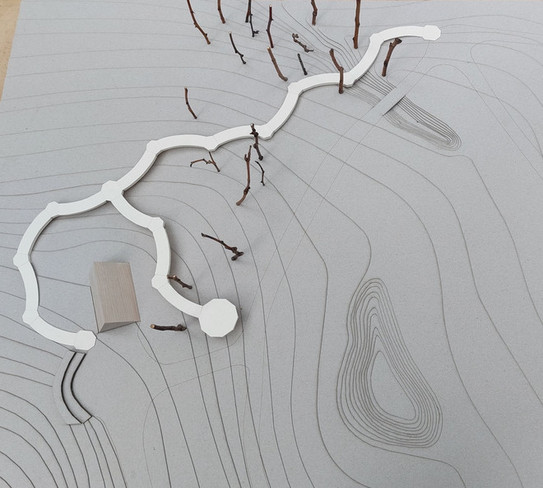
Cash prizes for designs
To the surprise of the students, the designs and ideas were then rewarded with cash prizes. There were no losers, because design and construction ideas from all four designs are to be incorporated into the further planning. If the Botanic Garden has its way, the ideas will be realised and ready for use by the end of 2023. This will especially please visitors with prams, wheelchairs and walkers. The natural sandy paths in the Moor Heath landscape have often been an obstacle for this target group up to now. In this way, the footbridge will also serve to promote inclusion and participation.
Text: City of Dortmund


